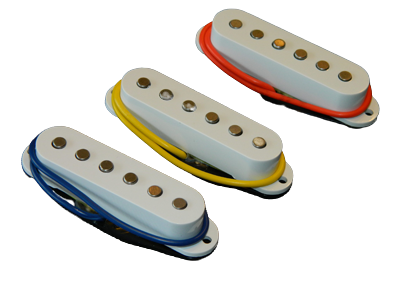Our magnets are used in an array of applications including filtration and separation to everyday objects like smartphones, one use of alnico magnets which may not commonly be known is in electric guitars.
So, if you’ve ever been guitar shopping or though about learning to play, you’ll have stumbled across the term alnico pickups. But what exactly are alnico pickups and why are alnico magnets used?
What are Alnico magnets?
Alnico is an acronym comprising of the first letter of the three metallic elements used to produce the magnets Aluminium, Nickel, and Cobalt.
Alnico magnets have a high magnetic strength and a low resistance to demagnitisation, meaning if coils of wire are wrapped round the magnet, it can easily be magnetised and demagnetised by electricity flowing through the coils.
While Alnico magnets have largely been replaced by stronger rare-earth magnets, they are still commonly used in sensors, electric motors and engineering applications to name a few.


.
What is an Alnico pickup?
Firstly, a guitar pickup is the device which converts the vibrations of guitar strings into electrical signals, which are then sent to an amplifier, which boosts them to an audible volume.
Given their strength and durability, Alnico magnets were consequently used to produce electric guitar pickups. In addition to this, it was found that Alnico pickups produced a clear and warm musical tone.
History of Alnico pickups
Guitar manufacturer Fender began producing their pickups with Alnico magnets as early as the 1940’s. This production continued through the 50’s and 60’s before the rise of rare-earth magnets.
Ceramic (Ferrite) magnets began to take over from Alnico magnets in a vast majority of applications and a ceramic magnet pickup was produced. However, they were found to have a harsher and more brittle sound.
This led to several players and manufacturers staying loyal to Alnico pickups, which is why they are still extremely popular to this very day.
An important thing to know is the different types of Alnico pickups available, identified by their number either two, three or five, these are indicators of different strength of the magnetic field being produced.



